Technology Trends in the Travel Industry in 2019
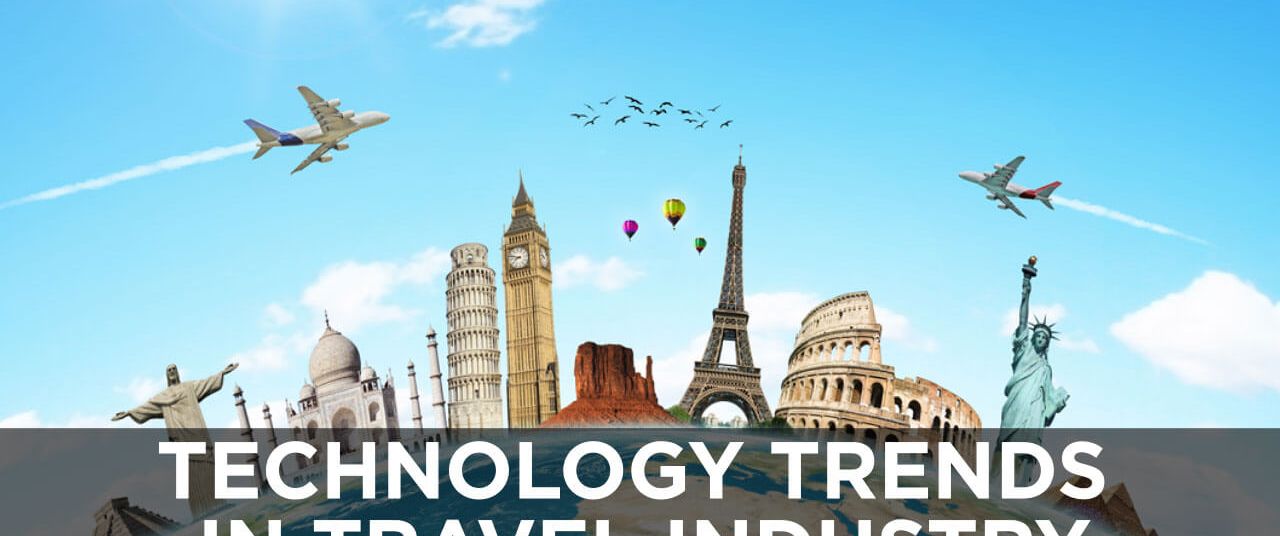
It is important for travel companies, hotels and organizations to stay up with the latest developing innovation patterns. This will guarantee they don’t fall behind competitors. In this article, you’ll read about top travel technology trends for 2019.
Internet of Things (IoT)
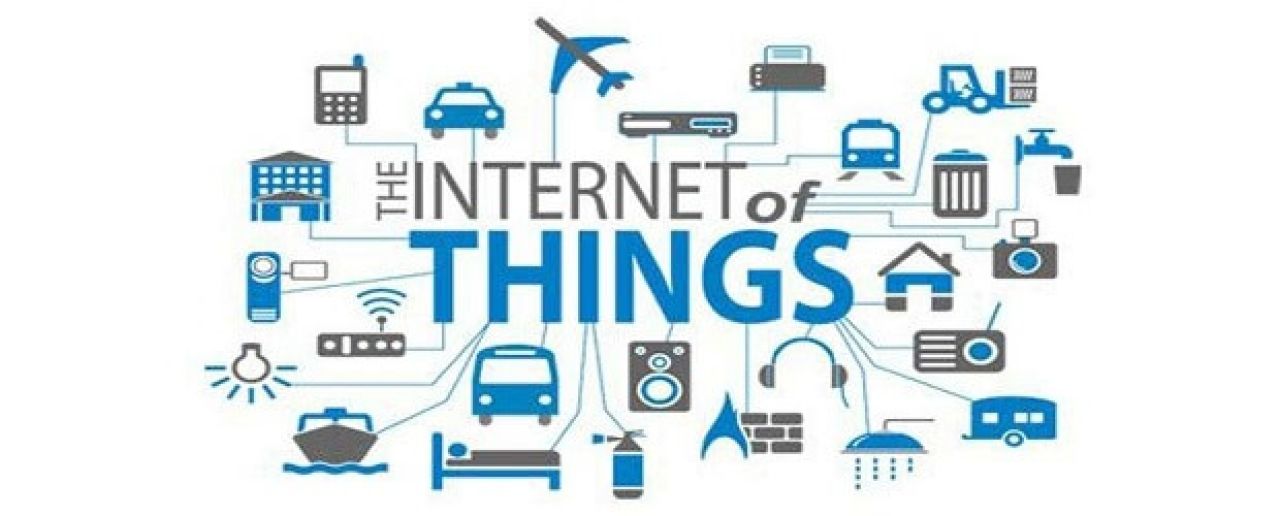
Internet of Things (IoT) is a standout developing innovation pattern, which includes web-based connectivity of all gadgets, enabling them to both send and get information.
Hotels use IoT technology, for example, to give clients a gadget that can control everything at one spot, from a light bulb to a conditioner or a heater. They may even have the option to pick a particular temperature and light dimension and have the gadgets keep up those dimensions consequently.
Alternative Payments and Blockchain
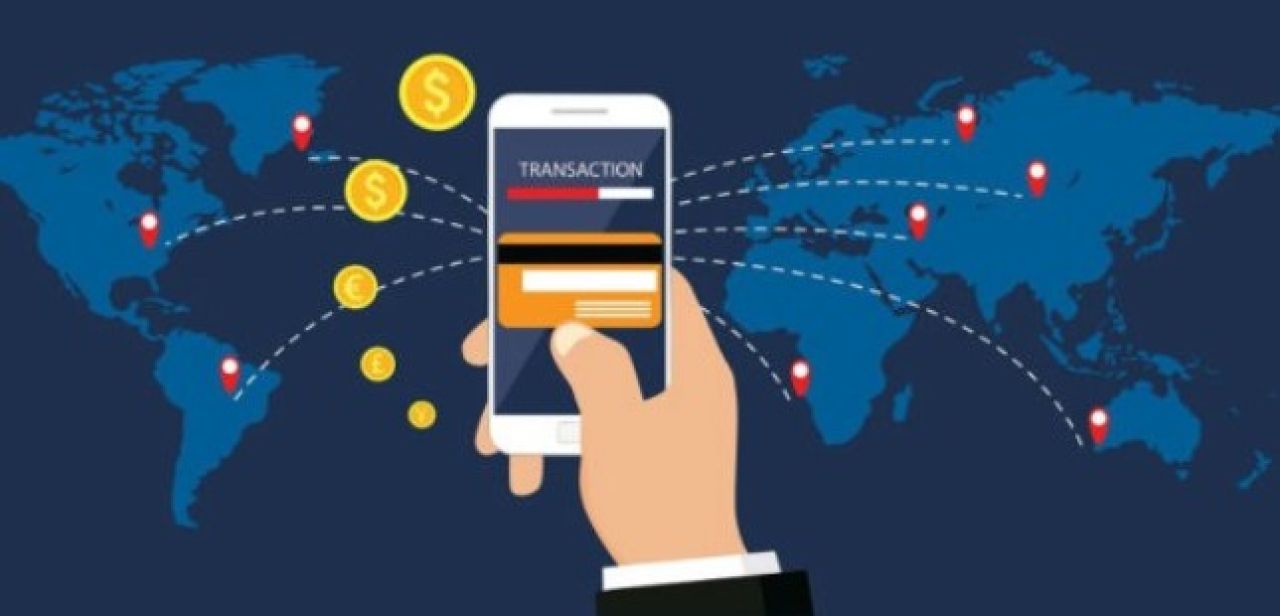
The more types of payments travel agencies, websites, applications accepted, the more businesses they’ll draw in. The alternative types of payments can be anything from credit cards and cash to cryptocurrencies and loyalty points. So travelers can pick any suitable payment method.
Bonus cards and loyalty points are useful for producing re-invoice clients. Any client’s comfort that lifts one brand over another pays off with loyalty. Benefit customers with virtual bonuses that can be converted into saving real money, is a competitive way of measuring brands against each other.
Some cryptocurrency systems support payments in travel industry, and those applications come from blockchain technology. Blockchain is a decentralized record and open file history, that can change a business’s movement. Bitcoin started the crypto hype, using the blockchain to improve security, comfort, and transparency of transactions.
Facial Recognition Technology
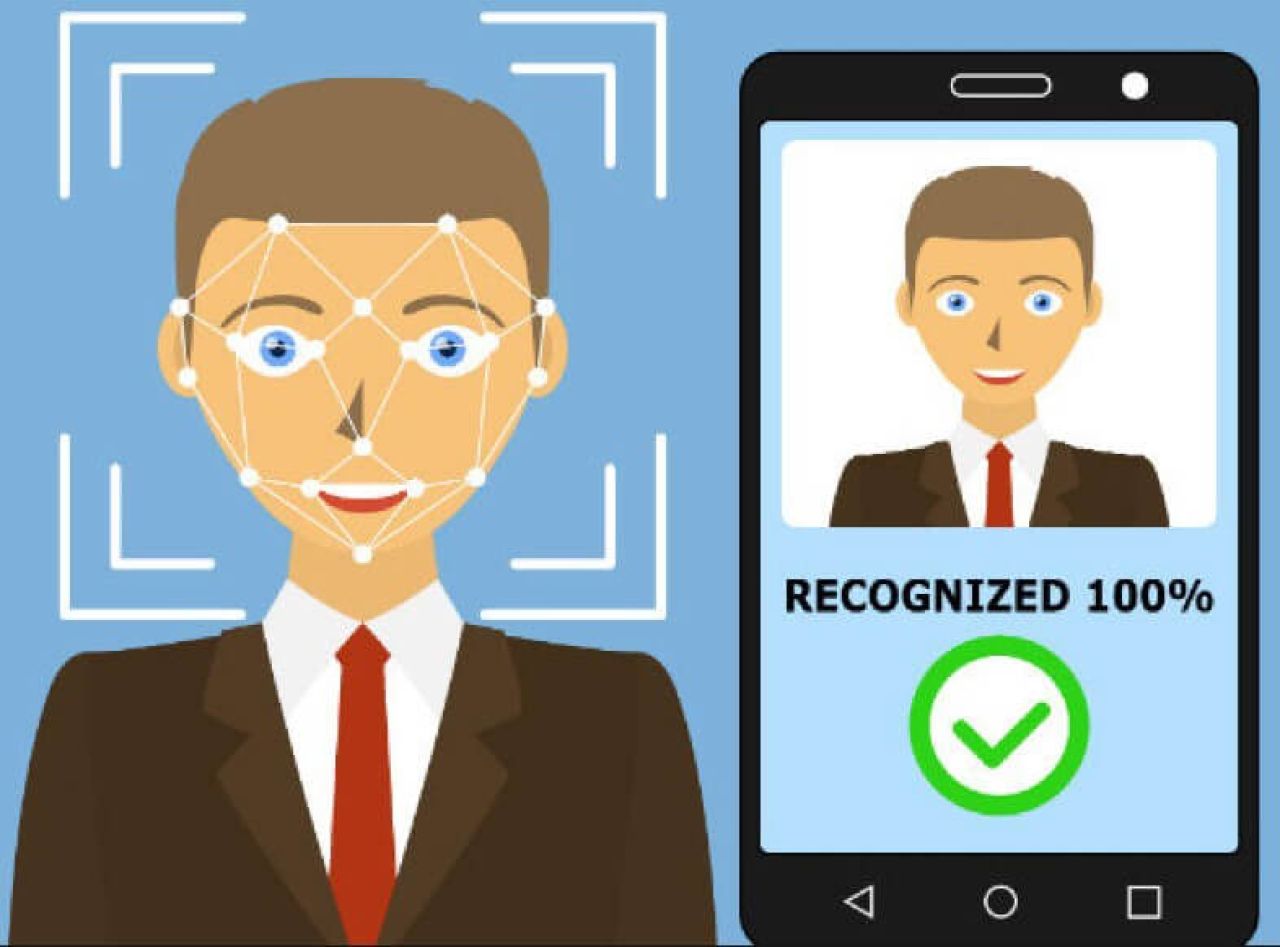
Facial recognition technology identifies or verifies a person, using just a face. The technology works by correlating a digital picture or video to a database, matching facial features and skin texture.
Facial recognition has been conveyed in a scope of fields. Facebook utilizes facial recognition to distinguish human faces and pictures, while Apple has a framework called Face ID, which validates the personality of the client, avoiding unapproved get to. The innovation is applied inside security administrations and law implementation.
Payments, Check-ins and Check-outs
One of the ways to use facial recognition technology is a quick payment approval. MasterCard has just started exploring different ‘selfie pay’ frameworks, so that people could confirm a payment using a cell phone camera, with the picture being matched to one of a database.
This technology can be used by hotels for check-ins and check-outs without a need of contacting a hotel staff. Likewise, it can be applied by airports, airlines, restaurants, and other travel organizations.
Facial recognition technology is being applied in various ways and is particularly advantageous in business security, personalization and comfort purposes. But organizations should remember about the security issues and make a move to console clients who are sometimes stressed over how the information will be used.
Virtual Reality
Travel industry organizations have rushed to implement Virtual Reality technology with good intentions. Clients pay for experience more likely than items, and Virtual Reality gives an opportunity for advertisers to let people see what are they going to pay for.
Travelers require loads of data before they book an apartment or a room. It makes them read reviews, descriptions, feedbacks, see pictures, recordings. Virtual Reality can simplify the procedure.
Travel organizations present Virtual Reality simulation components on their sites or applications, enabling clients to encounter a computerized variant of a room, or even have a look at one of the close-by attractions. It helps businesses to give a sort of ‘try before pay’.
Virtual Travel
For example, A Paris hotel might give a virtual contact and experience of how is it to be at the highest point of the Eiffel Tower, while another hotel might give a virtual carousel or merry-go-round experience. The essential advantage of this is selling rooms, flights and travel items dependent on the encounters they can empower.
Robots
Robotic innovation is quickly picking up in fame in the travel business. That changes buying habits gradually. Clients are looking for self-administration strategies and this makes the robots mechanization appealing to airports, hotels, travel operators, etc.
Robots provide organizations with a few advantages like chatbots that are available all day, with instant reaction time. Such work timing is impossible for human staff. They can help to reduce queues.
Robots Work in Hotels
Watch this video to see the world’s first robot-staffed hotel in Nagasaki, Japan. Robots work on the front work desk. They give clients information.
Hilton’s Robot Connie
Hilton has a robot named Connie. An artificial intelligence, created by IBM. Connie can communicate with guests, using speech identification technology to answer questions. Connie learns from every communication, and the more it interacts the better reactions it will have.
Robotic Suitcases
Among the most imaginative robotic implementations so far there is a Travelmate, a robot-suitcase. It will follow you self-sufficiently, using detectors and 360 degree turning abilities, so that a person doesn’t need to carry the case.
Security Robots for Airports
With a need to improve airports terminal security, robots are sent to help security staff. For example, Knightscope robots are being used in airplane terminals to identify covered weapons and other concealed things that are not allowed on airplane boards during flights.
Robots have strengthened the position in the travel industry during the past few years. They give clients textual information as well as can interact physically. Their fundamental advantages are the capacity to work all day long, without requiring breaks or inspiration, giving more prominent consistency than people can do.
Augmented Reality (AR)
Augmented Reality has turned out to be progressively popular in the travel business. It empowers travel organizations their work in this field to improve the environment they really want clients to visit, including nearby sights and buildings.
Travelers explore everything before they go or pay for something. They require loads of data before they arrive and they will need it even when they arrive. Augmented Reality can guarantee a lot of this information is available at any time.
Besides, one of the keys to AR in the travel business has changed the general traveler’s habits. Today clients use their cell phones constantly, especially when they travel, so the progress towards using AR applications on phones is not a major one.
AR Hotel Elements
The most popular usage of AR in the travel industry has brought intuitive components. It lets travel organizations to provide clients with more information.
The Hub Hotel from Premier Inn made AR compatible with walls, maps, and hotel rooms. People use a cell phone or tablet to reveal additional data about nearby places.
Augmented Public Places
When tourists come to a new area, they might not know any restaurants or places to visit. Now tourists can point their phone at a building, monument, or a restaurant and instantly get information about its history, address or clients’ reviews. It can improve the whole travel industry and enables visitors to learn on the go.
Big Data
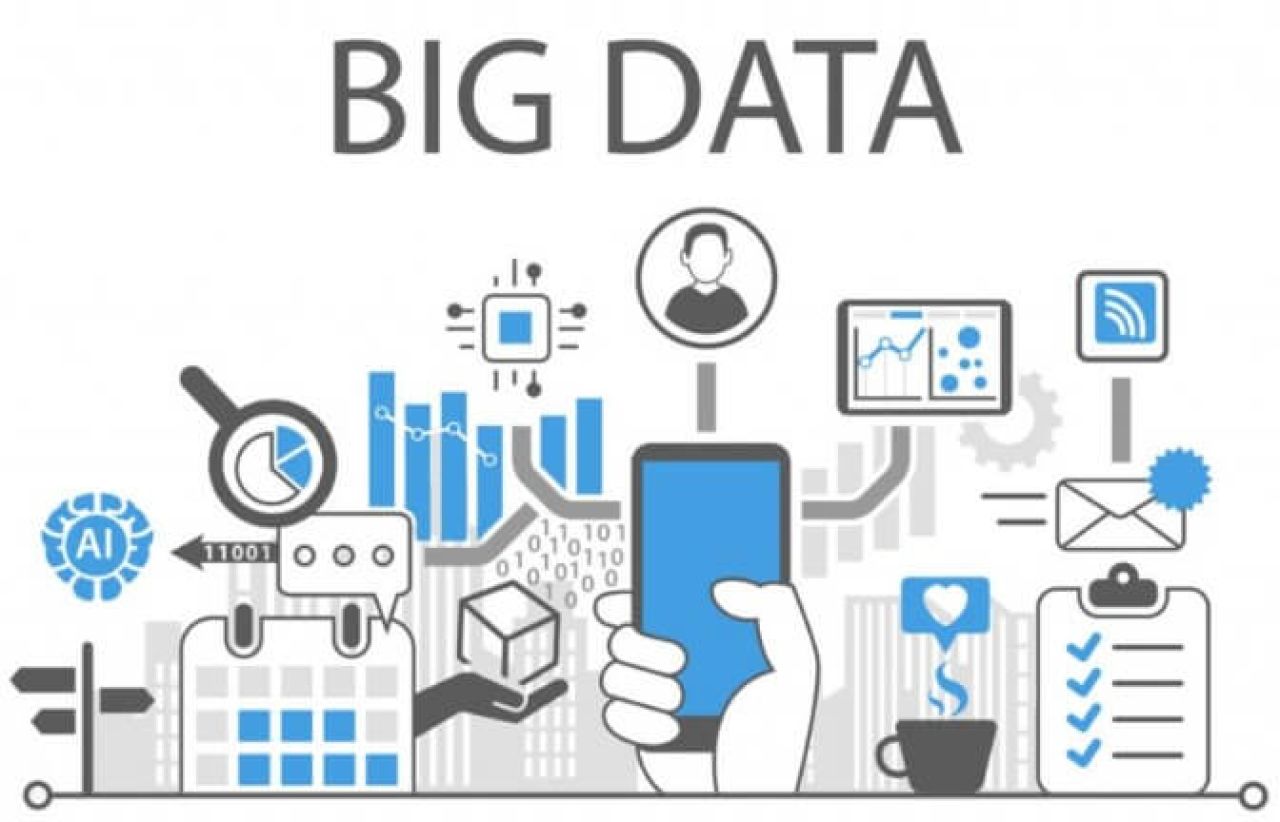
Travel industry gets an opportunity to improve business and travelers’ experience by taking care of big data. Gather all the data, use an analytical tool and you have a huge piece of information to be investigated. Even though it is difficult to process big data, it helps to develop the travel industry and improve the travelers’ experience.
Custom User Experience
The information from the clients is used to customize different processes like travel booking to make the routing simple. Helps to understand what people prefer to book pet-friendly hotels or find accommodation by picking certain features on websites or applications.
Pricing Strategy
Price is important for travelers while they plan their vacations. Real-time smart analytics helps organizations track any changes, predict or built pricing strategy.
Pricing strategies competition can break a business’s goals. Through, companies should always keep up with the times in order provide customers with the most favorable conditions and pricing policy.
Big data can be used to pinpoint the qualities, shortcomings, and notoriety of organizations. This can be important and help business pioneers to spot potential holes in the market, or chances to convey in manners that opponents are neglecting to. It leads to more prominent interest and higher income.
Big data profits travel business, enabling them to settle on more proof driven choices. It incorporates the capacity to foresee future tourists interest more precisely, streamline evaluating procedures, target showcasing and improve clients experience.
As it is expected by Boston Consulting Group, Millennials will account for almost 50% of travel expenses by 2020. Travel business needs to guarantee that everyone can fulfill their travel needs.
People expect the travel business speed like never before previously. All these technologies can be a crucial part of the business’ reaction to fulfill the need for proficiency.

 (9 votes, average: 4.56 out of 5)
(9 votes, average: 4.56 out of 5)



sowmya sri says:
Very well mentioned, thanks for sharing the article…